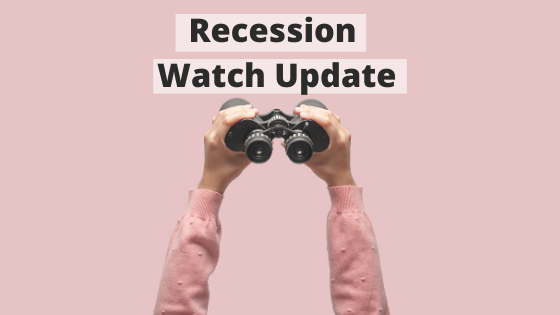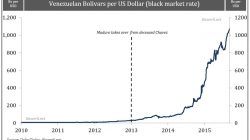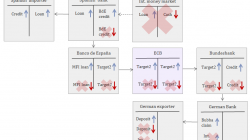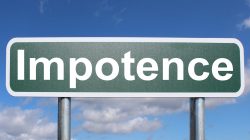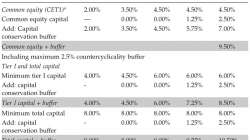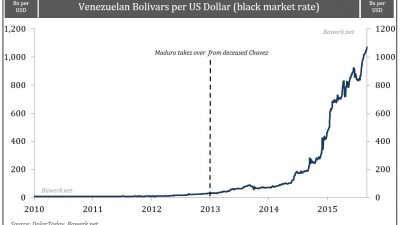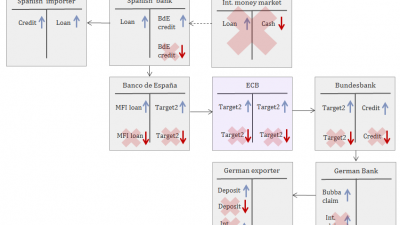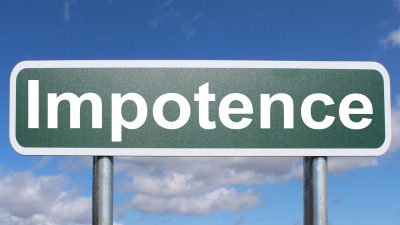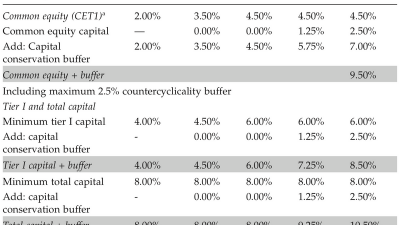As the economic landscape continues to evolve, it is essential for investors and financial analysts to stay informed on the latest developments regarding the potential for a US recession. In this article, we will delve into the updated recession watch and analyze the factors that could potentially trigger a downturn in the US economy.
Overview of Economic Indicators
When assessing the possibility of a recession, financial experts closely monitor various economic indicators to gauge the overall health of the economy. Some key indicators include the unemployment rate, inflation rate, GDP growth, and consumer spending. By analyzing these metrics, analysts can gain valuable insights into the current state of the economy and make informed predictions about future economic trends.
Unemployment Rate
One of the most critical indicators of economic health is the unemployment rate. A rising unemployment rate can be a sign of economic distress, as it indicates that fewer people are able to find jobs. In recent months, the US unemployment rate has remained relatively low, hovering around 4%. However, any significant increase in the unemployment rate could signal a potential recession on the horizon.
Inflation Rate
Another key indicator to watch is the inflation rate, which measures the rate at which prices for goods and services are rising. High inflation can erode purchasing power and lead to economic instability. Currently, the US inflation rate is modest, but any sudden spikes in inflation could raise concerns about the possibility of a recession.
GDP Growth
Gross Domestic Product (GDP) growth is a vital indicator of economic performance. A healthy economy typically exhibits steady GDP growth, reflecting increased production and consumption. While the US economy has shown consistent GDP growth in recent years, any significant slowdown in growth could indicate a potential recession in the near future.
Consumer Spending
Consumer spending is a key driver of economic activity, accounting for a significant portion of GDP. When consumers cut back on spending, it can have ripple effects throughout the economy. Monitoring consumer spending patterns can provide valuable insights into consumer confidence and overall economic health. Any sharp decline in consumer spending could be a red flag for a looming recession.
Global Economic Factors
In addition to domestic economic indicators, global economic factors can also influence the likelihood of a US recession. Factors such as trade tensions, geopolitical instability, and fluctuations in global markets can all impact the US economy. By considering the interconnectedness of the global economy, analysts can better assess the potential risks and vulnerabilities that could contribute to a recession.
Policy Responses
As the possibility of a recession looms, policymakers have a range of tools at their disposal to mitigate the impact and support economic stability. Central banks can adjust interest rates to stimulate or cool down economic activity, while governments can implement fiscal stimulus measures to boost growth. By closely monitoring policy responses and their effectiveness, analysts can gain valuable insights into the government’s ability to manage economic challenges.
Conclusion
While the US economy continues to show signs of strength, it is essential for investors and financial analysts to remain vigilant and informed about the potential for a recession. By monitoring key economic indicators, assessing global economic factors, and analyzing policy responses, analysts can better prepare for potential economic challenges and opportunities. Stay tuned for further updates on the US recession watch as the economic landscape continues to evolve.

